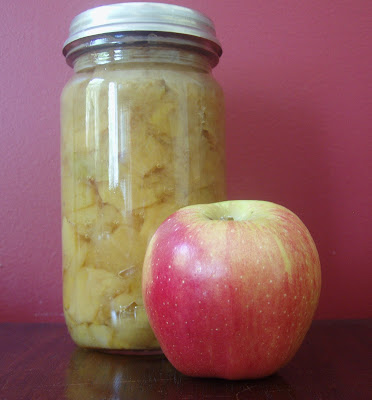On the weekend there was a warmth in the air that I haven't felt for months. I lay in the grass and soaked up rays like a lizard, and realised that spring is finally coming. We spent the first three months of this year in the northern hemisphere, so we've had two winters. And after ten months of grey skies and rain; after four months of niggling coughs and colds and two hefty bouts of gastro; after the death of two grandparents and after marking the tenth anniversary of my mother's death; well, it's time. Time for warm breezes, apple blossom, and a little sunlight on my face.
And time for an end to strong winter greens; this week, I saw bunches of soft sweet spinach appearing in the shops.
We often make a green pie – a filo pie packed with leafy greens and herbs. But when I want a less cluttered taste – just spinach, onions and chévre, the perfect trio layered in a simple filo envelope – this does the trick.
As it's not quite a pie, nor a tart, nor a slice, I call it a thing.
Spinach Thing Remove the filo from the fridge at least two hours before you want to use it. Check the instructions on the packet for exact times. Preheat the oven to 180C. Halve the onions lengthwise, then continue slicing them lengthwise into reasonably wide crescents, about ½ cm wide. Warm a good slosh of oil in a skillet and add the onions. Stir well, and cook briskly medium-high heat, stirring often, until they are a lovely golden colour but still have shape and form. Do not let them stick or brown. This method of cooking will render the onions sweet and fruity. Tip the onions into a bowl. Turn down the heat, add the whole spinach leaves to the skillet, clap the lid on and let wilt. Melt the butter in a small pan over the stove, or explode it in the microwave. Brush a large flat tray (mine is 28cm x 44cm; 11" x 17") with melted butter. Lay two sheets of filo flat on the tray. Brush with butter, add two more layers, and so on until you have 8 layers. Scatter the onions over the filo. Drape the spinach over the onions, using your fingers to unfurl the leaves and spread them evenly. Crumble the chévre with your fingers as you scatter it over the spinach; different sized pieces make it interesting. Gently place another two layers of filo over the cheese. Brush with butter, taking care not to rip the pastry as you pass over the bumps, and alternate double layers of filo with butter until you have another 8 layers. Brush the final layer with butter. Slip into the oven and bake for 20 minutes or until the filo is golden. Let rest for five minutes, then cut into squares and serve warm. Inspired by a spinach thing sold at Big Harvest in Elgin Street, Carlton. I think they call it 'pie'. (Local: onions, spinach, chévre, olive oil. Made locally from unspecified ingredients: butter, filo. Not local: salt.) |












